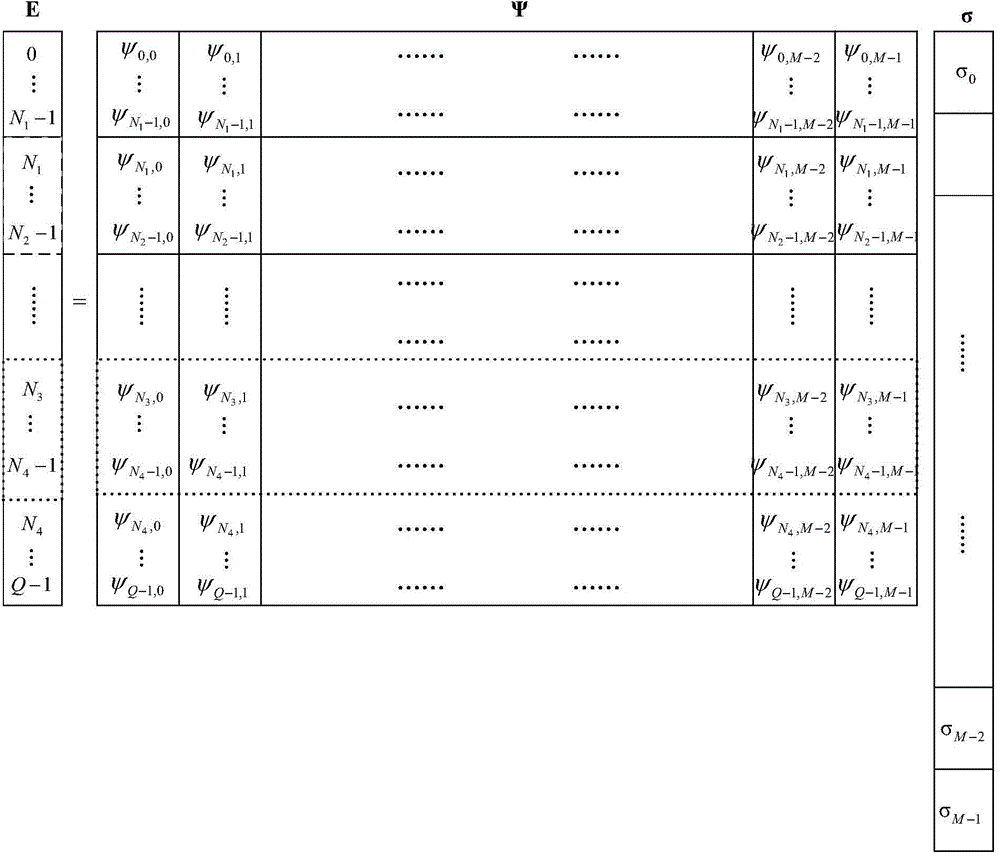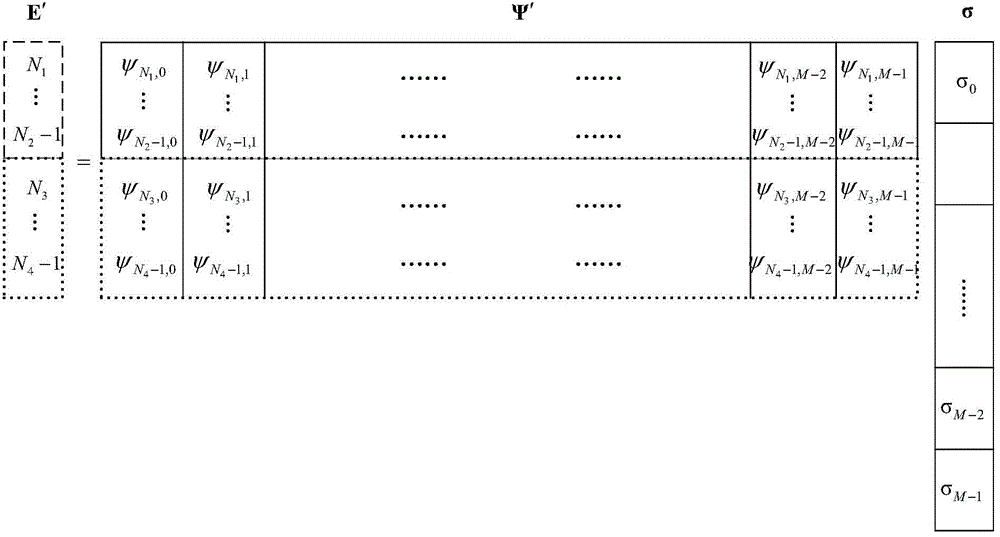Broadband radar data fusion method based on rapid sparse Bayesian learning algorithm
A sparse Bayesian, learning algorithm technology, applied in the field of broadband radar data fusion, can solve the problems of difficult implementation, high cost, difficult to determine the number of scattering centers, etc., to avoid false scattering centers or missing scattering centers.
- Summary
- Abstract
- Description
- Claims
- Application Information
AI Technical Summary
Problems solved by technology
Method used
Image
Examples
Embodiment Construction
[0019] The present invention will be described in further detail below in conjunction with the accompanying drawings.
[0020] The invention is a wideband radar data fusion method based on a fast sparse Bayesian learning algorithm. The main function of the present invention lies in the fusion of broadband radar data, and the specific implementation steps are as follows:
[0021] first step, such as figure 1 As shown, assume that the full-band radar echo data to be fused is E=[E(f 0 ),…,E(f q ),…,E(f Q-1 )] T , where f q =f 0 +qΔf is the qth frequency point, there are radar echo data of Q frequency points in total, q=0,1,...,Q-1, f 0 is the initial frequency, Δf is the sweep interval, E(f q ) is the frequency f q The radar echo data at time , assuming that the data acquired by radar 1 is the sub-band in the full-band data use figure 1 The frequency band in the middle dotted line box indicates that the data acquired by radar 2 is a sub-band in the full-band data us...
PUM
 Login to View More
Login to View More Abstract
Description
Claims
Application Information
 Login to View More
Login to View More - R&D
- Intellectual Property
- Life Sciences
- Materials
- Tech Scout
- Unparalleled Data Quality
- Higher Quality Content
- 60% Fewer Hallucinations
Browse by: Latest US Patents, China's latest patents, Technical Efficacy Thesaurus, Application Domain, Technology Topic, Popular Technical Reports.
© 2025 PatSnap. All rights reserved.Legal|Privacy policy|Modern Slavery Act Transparency Statement|Sitemap|About US| Contact US: help@patsnap.com



